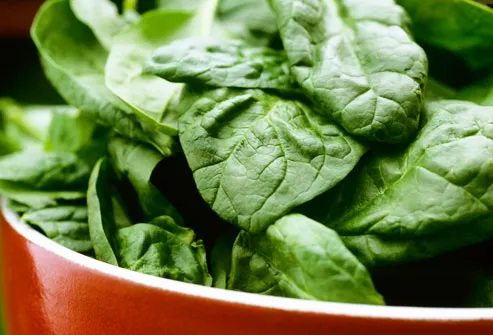Our family LOVES to go backpacking! There is something to be said for hiking off into the woods getting away from it all (including other people) and roughing it. The one thing I don't appreciate about backpacking is mosquitoes! It seems that the last few times we have gone, mosquitoes have been our biggest complaint... Maybe it is the drought we are in here in Cali, that leaves the water levels ripe for mosquitoes to breed, I don't know, but it has been a bug ridden season...
That being said, our main option for being mosquito free has just about always been DEET. While we have had no apparent adverse reactions to DEET, it is a chemical that can cause severe harm to humans.
"As a precaution, manufacturers advise that DEET products should not be used under clothing or on damaged skin, and that preparations be washed off after they are no longer needed or between applications.[16] DEET can act as an irritant;[4] in rare cases, it may cause severe epidermal reactions.[16]
In the DEET Reregistration Eligibility Decision (RED), the United States Environmental Protection Agency (EPA) reported 14 to 46 cases of potential DEET-associated seizures, including 4 deaths."

I have always had an aversion to DEET in principle, but hadn't found anything that worked equally well, or better. Each time I put it on, I would give an inner cringe, knowing that I was putting poison on my body... I mean, anything that could melt clothing, wasn't something I was excited to put on my skin...
"DEET is an effective solvent,[4] and may dissolve some plastics, rayon, spandex, other synthetic fabrics, and painted or varnished surfaces including nail polish."
"Though DEET is not expected to bioaccumulate, it has been found to have a slight toxicity for coldwater fish such as rainbow trout[24] and tilapia,[25] and it also has been shown to be toxic for some species of freshwater zooplankton.[26] DEET has been detected at low concentrations in waterbodies as a result of production and use, such as in the Mississippi River and its tributaries, where a 1991 study detected levels varying from 5 to 201 ng/L.[27]"
So while browsing through the many articles and blogs on DIY natural home and personal care recipes I came across several options for making my own homemade mosquito spray. Most involved mixing a variety of essential oils with an alcohol or witch hazel base in a spray bottle. Some called for straight lemon juice with water and alcohol, but I wasn't sure about spraying possibly sticky juice on myself. I also wasn't to comfortable with spraying alcohol on my skin which can be drying and irritating, and I wanted to be able to spray on or near the face and hair as well. So even though I lack imagination, I had read that when making tinctures you can use both alcohol or vinegar as a menstruum, so I decided to use vinegar instead.
I also like to keep things as simple as possible so I omitted the water as well, but you could probably cut the vinegar 50/50 with water to both lighten the vinegar smell, and save a few pennies.
Here is a list of possible essential oils you could use in your blend. I will give you mine below as I used what oils I had from this list, but you can experiment with others...
Mosquitoes – citronella, lemon eucalyptus, peppermint, lemon, eucalyptus, catnip, basil, clove, thyme, lemongrass, geranium, lavender
Fleas – cedarwood, citronella, eucalyptus, tea tree oil, lemongrass, lavender, orange, pine,
Ticks – rose geranium, juniper, rosewood, thyme, grapefruit, oregano
Ingredients:
- 2 oz Vinegar (or 50/50 mix of water to vinegar, alcohol, or witch hazel)
- 10 drops each essential oils
- Eucalyptus
- Lemon
- Peppermint
- Lavender
- Basil
Directions:
Fill 2 oz spray bottle leaving just a little room (I used a salvaged perfume spritzer from my medicine cabinet that I hadn't used literally in years), or you can use an
amber spritz bottle. Add the essential oils. Shake before each use.

Wellness Mama suggests using 30-50 drops of oil to 8 oz of liquid. Perhaps because I didn't use alcohol, but I found my 50 drops to 2 oz to be not quite effective enough against the hoards we dealt with on our last trip, but it did keep the majority at bay. My daughter had 6 or more mosquitoes that maintained a perch on her pink hat. No matter how many times we swiped at them they just hovered and then landed back on her hat again, so I finally got out the spray and spritzed her hat with it. The mosquitoes left it alone after that. When they tried to bite through my pants I sprayed those as well and they stayed away, AND I didn't have to worry about melting my nylon quick dry pants, which was such a blessing. It also works great against the few mosquitoes we have around our house.















































